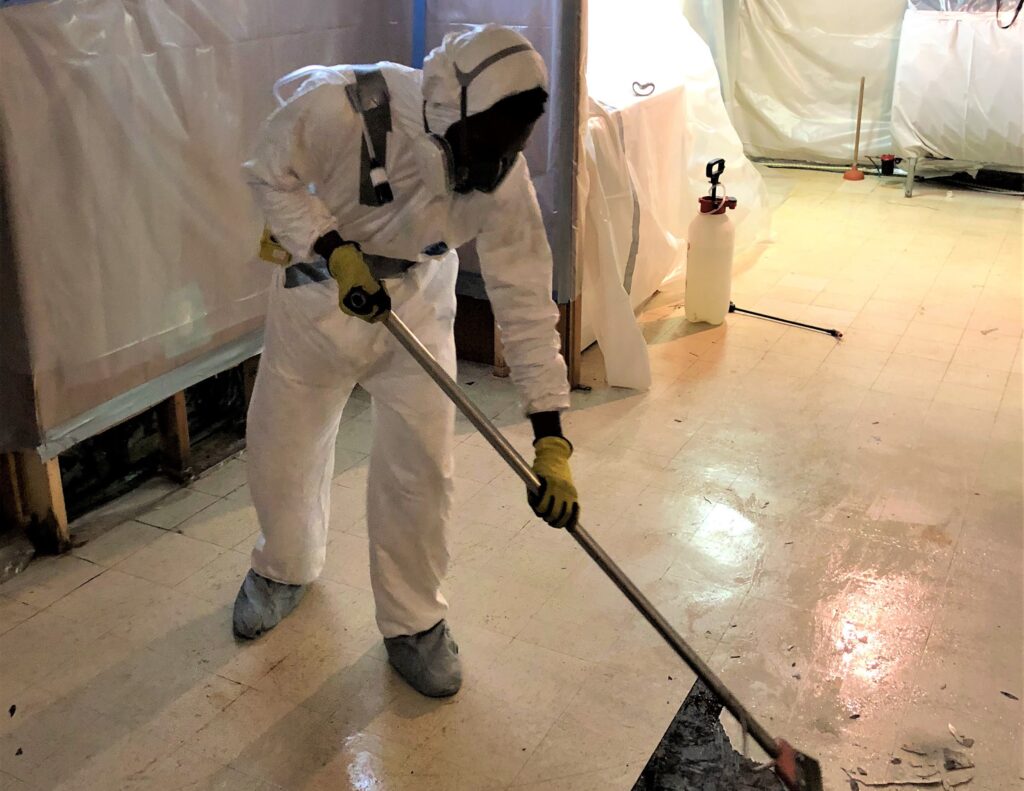Asbestos exposure remains a significant health risk in many older homes and buildings, making its removal a crucial step in ensuring the safety of your loved ones. Once widely used in construction due to its durability and fire resistance, asbestos is now recognized as a hazardous material linked to serious respiratory diseases. If disturbed, asbestos fibers become airborne and can be easily inhaled, leading to long-term health complications such as lung cancer, asbestosis, and mesothelioma. Understanding the risks associated with asbestos and taking proactive steps toward safe removal can help protect your family and create a healthier living environment. The process of asbestos removal should always be handled with extreme caution, as improper handling can increase exposure risks rather than eliminate them. If you suspect asbestos in your home, it is essential to seek professional assessment before attempting any renovations or repairs. Certified asbestos inspectors can conduct thorough evaluations to determine the presence of asbestos-containing materials and advise on the safest course of action.

Since asbestos fibers are microscopic and not visible to the naked eye, professional testing is necessary to confirm contamination and assess the potential hazards. Once asbestos is identified, the removal process must be carefully planned to minimize risks. Safe asbestos removal requires the use of specialized equipment, protective gear, and strict adherence to safety protocols. Professionals trained in asbestos abatement follow industry standards to contain and remove hazardous materials without allowing fibers to spread. This includes sealing off affected areas, using high-efficiency particulate air HEPA filtration, and employing proper disposal methods. Attempting to remove asbestos without the necessary expertise can lead to unintended exposure and contamination of surrounding spaces. Beyond the immediate removal process, proper disposal of asbestos-containing materials is equally important in ensuring safety. Asbestos waste must be handled and transported in accordance with strict environmental regulations to prevent contamination of landfills and water sources. Licensed disposal facilities are equipped to manage hazardous waste safely, reducing the risk of further exposure to individuals and communities.
While asbestos removal is essential for safety, prevention is the best approach to reducing risks in the first place. Homeowners and property managers should conduct regular inspections of older buildings and avoid disturbing materials that may contain asbestos. If renovations or demolitions are planned, asbestos testing should always be part of the preliminary assessment. Awareness and proactive measures can help prevent accidental exposure and safeguard the health of those who live and work in affected spaces. Asbestos removal Wolverhampton have prioritizing safe asbestos removal and adhering to professional guidelines, you can protect your loved ones from the dangers of asbestos exposure. Investing in professional assessment and abatement services ensures that your home remains a secure and healthy environment. Taking responsible action today not only prevents potential health risks but also contributes to a safer future for everyone. Whether you are dealing with asbestos in a residential or commercial setting, ensuring proper handling and removal is the key to maintaining a hazard-free space.
Categories: Business
Leave a Reply